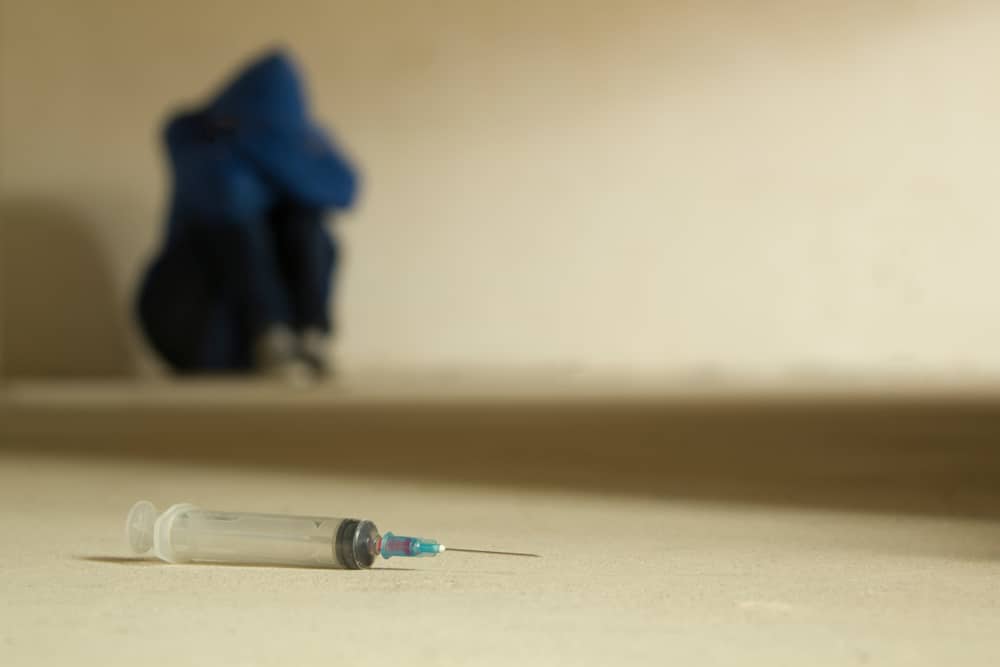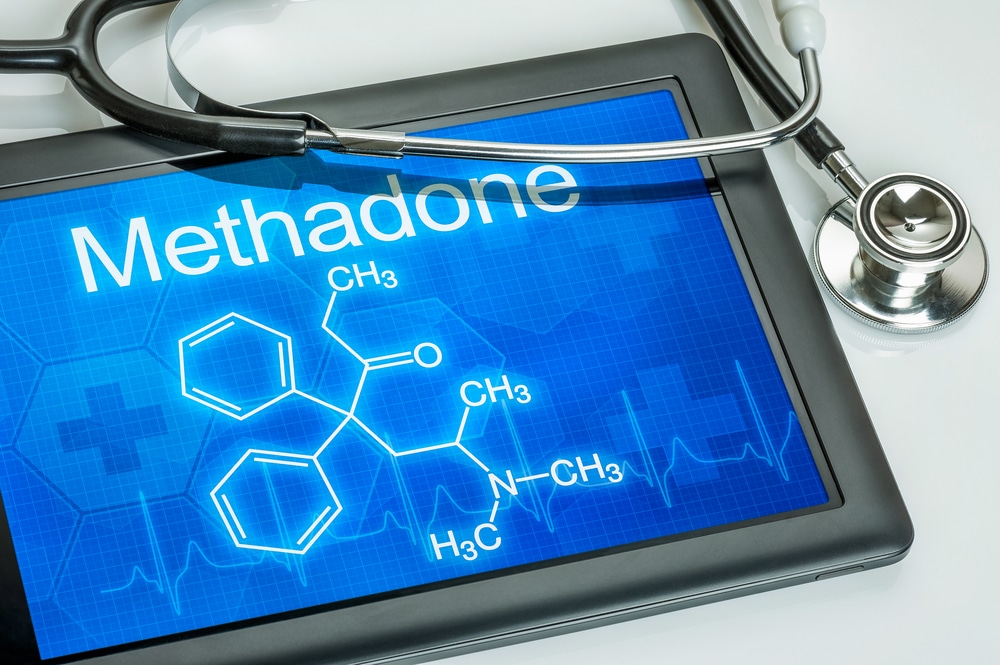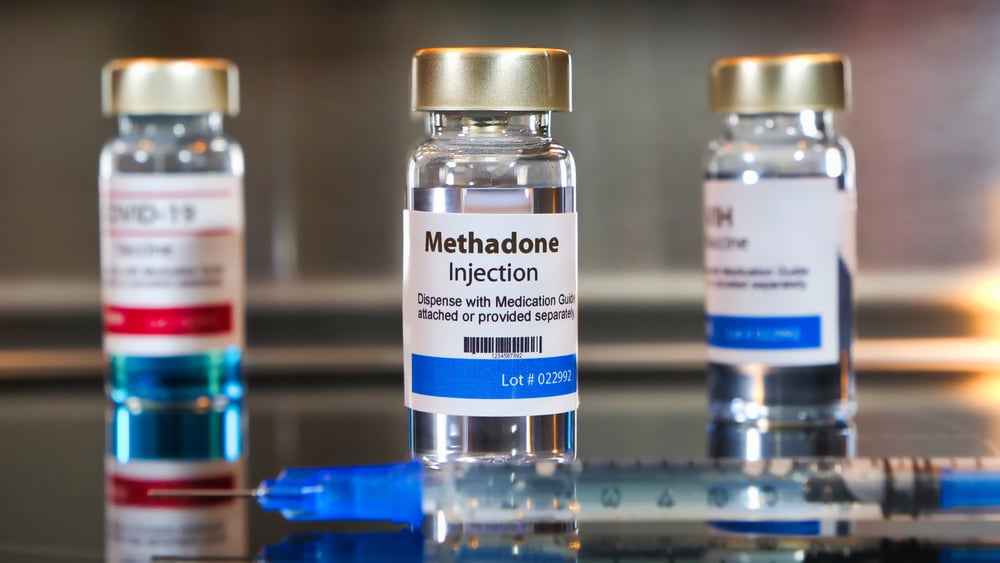

Methadone has been used to treat people with extreme pain for decades and has been approved by the Food and Drug Administration to treat opioid addiction. According to SAMHSA, methadone can help people with opioid use disorder reduce their cravings and withdrawal symptoms, stay in treatment longer than those who are not taking it, and lower their chances of using illegal opioids.
However, some are still skeptical of its effectiveness in treating opioid addiction, citing the potential for misuse and abuse. They think that methadone can quickly become a replacement addiction and that it can still be used to get high. But proponents, who include top addiction professionals, argue broader use of methadone could help address the current opiate overdose epidemic in the US. They advocate for easier access to methadone treatment for opioid addiction, citing its potential benefits in helping people manage cravings and withdrawal symptoms.
This article will explore both sides of the argument and discuss the risks and benefits of using methadone as an addiction treatment.

Methadone is a powerful drug used for pain relief and opioid use disorders. It is a synthetic opioid, but unlike other opioids, it has been approved by the FDA to treat opioid addiction. It is one of the three medications approved in the US for opioid addiction treatment.
The drug works by binding to and blocking the opioid receptors in the brain, thus reducing cravings and preventing withdrawal symptoms. It is typically administered once a day at room temperature, though some people require more frequent doses. Methadone is available in liquid, powder, and tablet forms.
Methadone is extraordinarily effective if the standards of any epidemic are considered. A study found that those receiving the drug were 59% less likely to die of an overdose than those who did not receive it.
Methadone is used as part of a treatment program for opioid use disorder. Those receiving the drug to treat opioid addiction must receive it under the care of a qualified healthcare provider.
This provider prescribes the medication and supervises its use. After a period of stability, some people may be able to take the medication home and administer it themselves. However, this is an option only after they've gone through frequent tests and counseling sessions.
The duration of methadone treatment varies depending on the individual and the severity of their addiction. But the National Institute on Health recommends a minimum of 12 months. Some patients may need long-term maintenance. But those who are getting off the drug should work with their healthcare provider to gradually taper off the medication to avoid any life-threatening methadone withdrawal symptoms.
Methadone has long been controversial in the addiction treatment world. While advocates are proposing a significant expansion in access to the drug, the providers of methadone for addiction treatment are warning that caution should be used when prescribing the medication.

The primary concern for those who oppose expanded access to methadone is its potential for misuse and abuse. While methadone is effective for treating opioid addiction, allowing doctors to prescribe it to anyone could lead to low-quality care, abuse, and overdose on methadone itself.
At the moment, patients need to visit a methadone clinic each day for a single dose. They also need to be a part of an opioid treatment program and go through frequent drug tests, take part in counseling sessions, and prove that they've had opioid addiction for over a year.
Opponents of expansion strongly believe it's essential that methadone treatment is accompanied by counseling and other services that opioid-trained professionals are qualified to offer. They also point to worrying statistics about methadone-related overdose. A recent estimate by NIDA found that methadone is involved in 3% of opioid-related overdoses.
On the other hand, advocates argue that methadone can be prescribed responsibly, with adequate monitoring and oversight. They point out that the benefits of broader access to methadone outweigh the potential risks. And that the risk of overdose is too high and that methadone can help treat addiction, reduce cravings and prevent long-term health problems caused by opioid addiction. According to the proponents, the opioid crisis has reached a level where any measure taken to reduce the number of overdoses is worth exploring.
Those in favor of expansion don't see why increasing access should be a problem considering any healthcare provider can prescribe methadone for chronic pain treatment. They argue that strict regulation is only imposed on addiction treatment, which makes little sense and is a sign of the discrimination and stigma faced by OUD patients. Currently, no other drug is as restricted for approved use (opioid addiction), yet it has few restrictions when prescribed for pain management.
It is worth noting there have been fewer methadone-related deaths even after significant restrictions were lifted during the COVID-19 pandemic. The lift allowed "stable" patients to bring home their weeks' worth of methadone doses instead of going to a clinic every day for an amount.
Methadone is a safe and effective treatment when taken as prescribed. Patients should work closely with their healthcare provider to find the correct dose and frequency of administration that works for them. Patients should also take precautions when taking methadone, such as:

Some common side effects of methadone include:
Methadone is generally considered safe to use during pregnancy. However, it will likely cause harmful side effects to a developing fetus and should only be used when the benefits outweigh the risks. Breastfeeding women should consult their doctor before taking methadone, as it can be passed to the infant through breast milk.
For people with opioid addiction, many facilities offer comprehensive drug addiction treatment programs. These treatment plans include counseling, support groups, medical monitoring, and other therapies designed to help patients gain control of their addiction and begin the journey toward recovery.